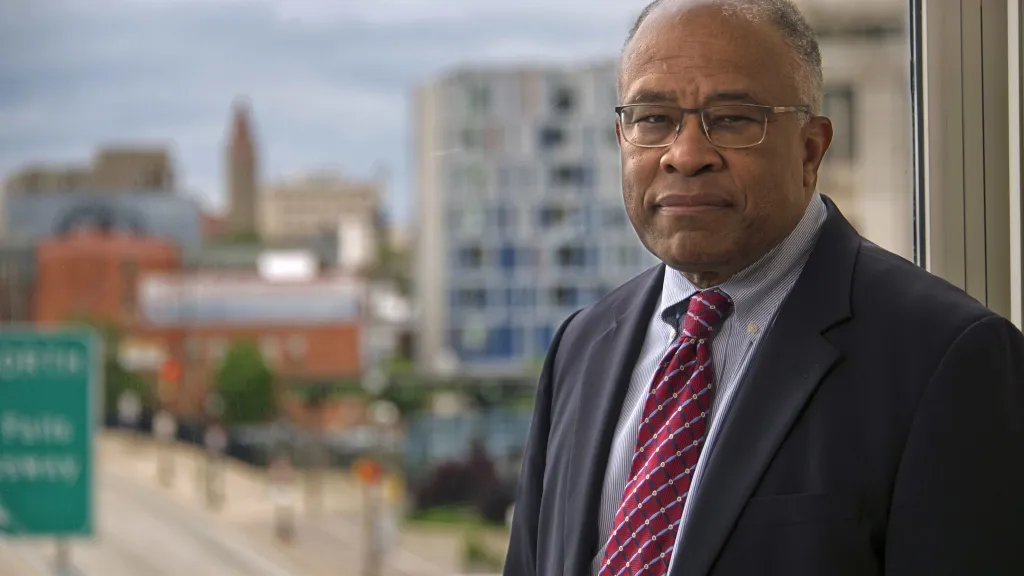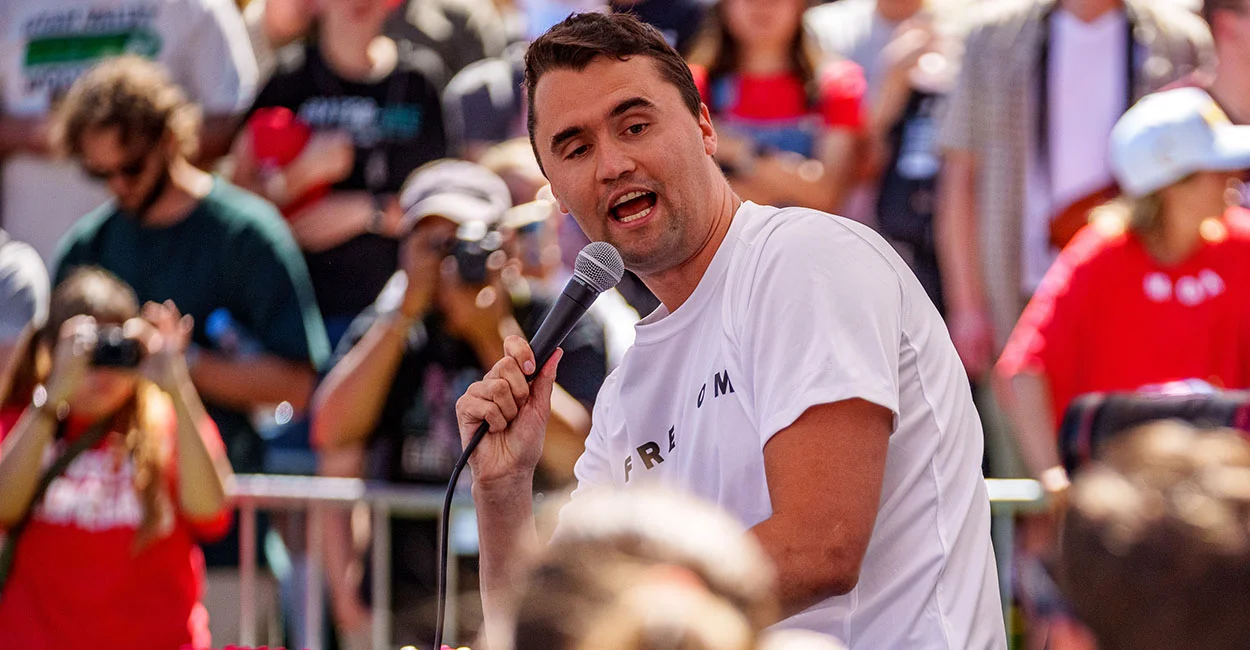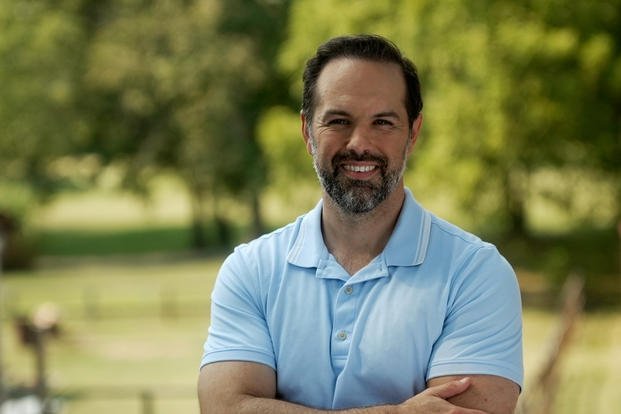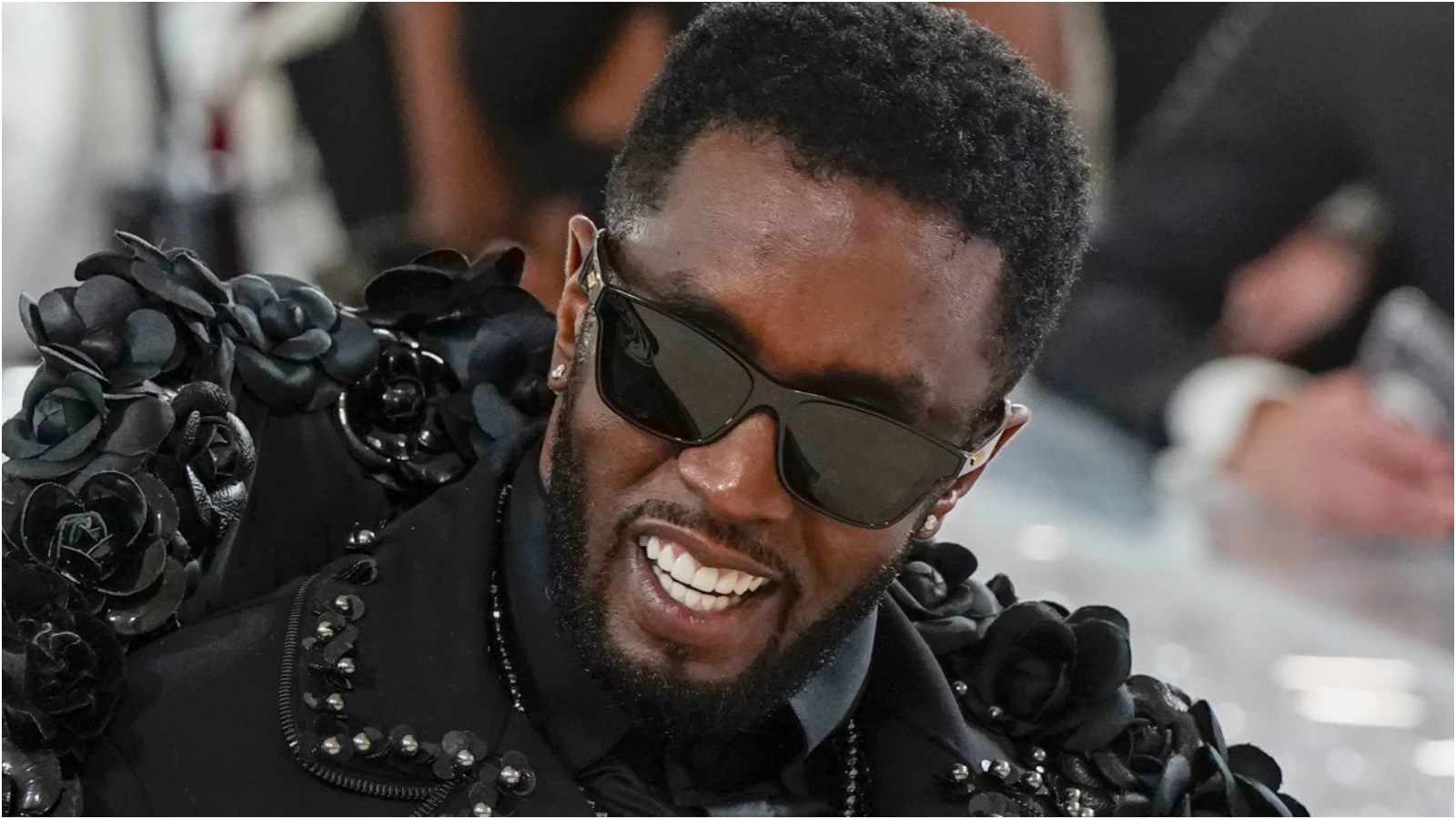
There comes a time in the life of every institution, whether it’s government, industry, arts and culture, religion or scientific research, when brave folks stand up and ask: “What exactly are we doing here?” In Baltimore, in the midst of multiple issues landing on local colleges and universities at the same time, many of us are saying that about the core mission of higher education. As society changes and the demand for advanced teaching and learning goes with it, we must consider a number of new approaches. To be blunt, it’s a crucial time for every campus in the city — and across the state. If Maryland is to continue to be a national leader in ways that really count, we need to get this right.
First: What do I mean by “it”? In his new memoir, “The Apprenticeship That Saved My Life,” State Senator Cory McCray makes a strong case that it took more than education to pull him out of his troubled youth and into a successful adulthood.
McCray’s story is like that of so many of our young people today. Although he received a high school diploma, along the way he was kicked out of several schools for behavioral issues and other problems. Without a mother as his champion, he never would have found his way to a life-changing opportunity — an apprenticeship as an electrician.
As I read the book, I kept wondering: Where is higher education? What are we doing to improve Cory’s chances? These are complicated questions, but the answers are right in front of us.
For years now, every member of our state legislature has been allotted a certain amount of money that they can devote to college scholarships, specifically for students in community college or a four-year institution. McCray, by then a state senator, made an important connection: Those traditional schools are not for everybody. Why not include apprenticeships in the mix?
Responding to his persuasion, his fellow delegates and senators began offering scholarships to a broader range of education providers, specifically apprenticeships in the trades. In line with that thinking, the influential program called College Bound agreed to expand its annual college tour to include apprenticeship centers. High school students, thinking about their future, have been incredibly appreciative of this change.
The message of Sen. McCray’s book really resonates with me. As president of the University of Baltimore, I’m thinking a lot about the future as our institution celebrates its 100th anniversary in service to both the city and surrounding region.
When UBalt got started in 1925, it was a private school that offered evening classes to students in business and law. That worked well for decades; indeed, we changed the arc of the city by establishing its foundation of entrepreneurs, lawmakers, CEOs, accountants, artists and more. We’re a humble campus, but it’s fair to say that we played an essential role in shaping Baltimore, especially after the tumult of World War II.
Now, like every campus, we’re at a crossroads. We need to change, but change is hard. I think the essential question is this: What do people need from higher education? Young or old, career-driven or not, what do we have to offer them?
It’s simple: opportunity. Present a way forward for people, and they will take it.
A few of us from around the city and beyond are considering some options. We’re in discussions now to establish a single institution with the authority to issue two-year, four-year, graduate and professional degrees, along with workforce certificates that would be closely aligned with apprenticeship programs. Rather than insisting that higher education and the trades stay in their separate corners, we’re looking at how we could bring them closer together. Not to diminish the impact of either, but to enhance the entire enterprise. All of us can work together to shoulder the demands of Maryland’s future.
This isn’t such a new idea. There are models worth considering in other parts of the country, like the ADVANCE program in Virginia, the Georgia State/Perimeter College consolidation in Atlanta, or the City University hub in Seattle. We might take the best of what those places have to offer and integrate the things that make Baltimore unique. I’m thinking about local businesses, local culture and the community at large. It has to reflect what our folks want from higher education, first and last.
All of this starts with Sen. McCray’s story. He experienced hardship, and when he was in a position to change it for others, he did it. He asked that question: “What are we doing?” Soon enough, he knew. So do we. Now it’s up to us to act.
Kurt L. Schmoke is president of the University of Baltimore. He served three terms as mayor of Baltimore City.



